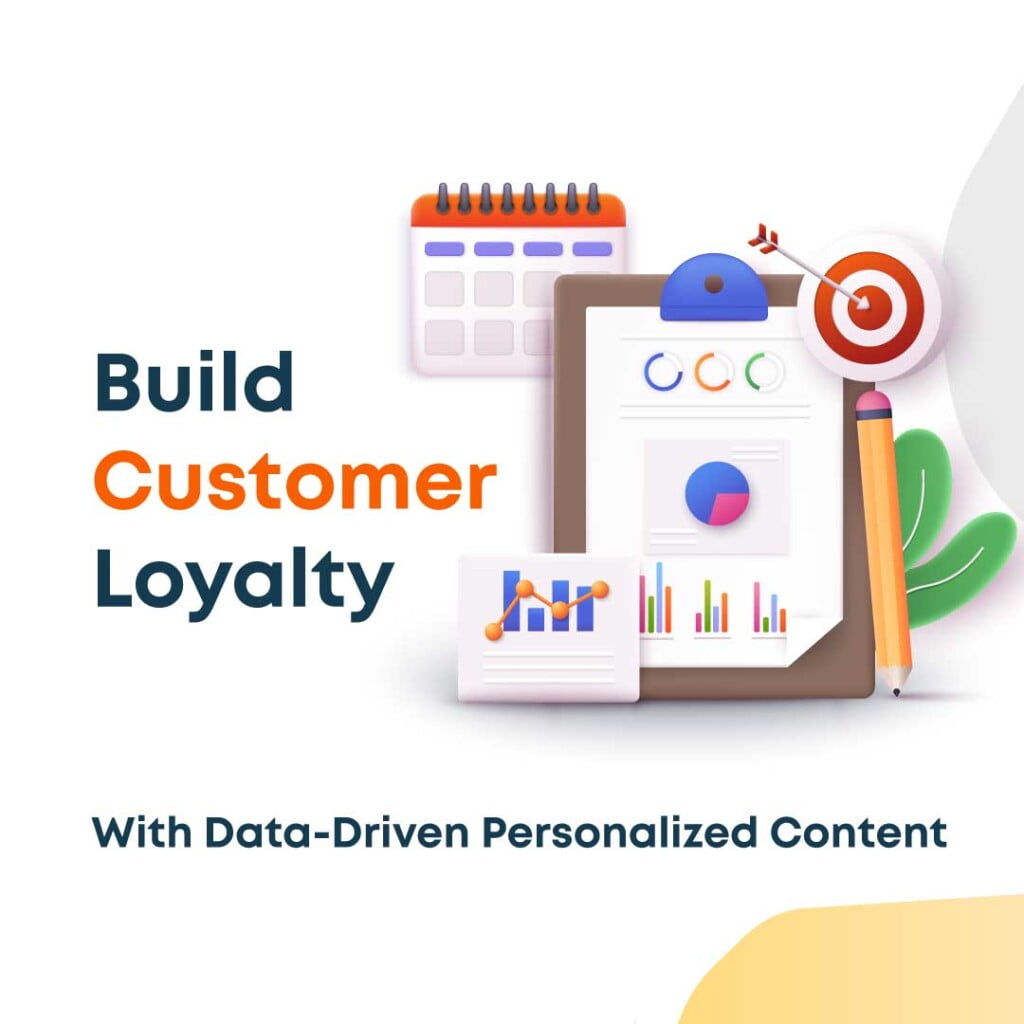It gets more and more challenging to grasp people’s attention online. There are many reasons, like an overabundance of annoying campaigns, no clear call to action, fake discounts, etc. In the end, people don’t believe and ignore messages if they seem personally insufficient. The situation worsened more due to Covid that forced businesses to go online. So, what to do to attract sales?
It is a difficult task, but there is always an opportunity for those who seek. And the course of action seems evident, just to reach each customer with an authentic and personalized offer, yes? But how do we know that this proposal will be attractive and impactful? This is where data-driven personalized analytics helps you go beyond the obvious and create content that will target and reach people.

Why is it important to create personalized data?
“40 percent of executives say that personalization has had a direct impact on maximizing sales, basket size, and profits in direct-to-consumer channels,” according to Forbes.
Personalized content is more vital than ever before, especially in the mobile industry. People’s lives have changed dramatically over the past years with the development of the online world. The brand-customer relationship changed, boosting the conversation between company and customer. People could not communicate with brands and could only receive information, service, and products from them in the past. Now, with the help of social media, and mobile apps, it is possible to have a direct conversation with a User. However, not many brands use it.
Think of it as a dialogue. Imagine that someone (in our case, an App User) is reaching out to you and telling about their life – the highs and the lows – or their experience with an app, and the listener doesn’t quite understand what is going through the narrator’s life and:
1) Respond with some generic fluff that applies to almost any situation and any person.
2) Or, are guessing the situation and respond with some selling intention.
The probability of success is low as the stakes are high for both options. The ignorance will most likely push them away, as people sense when someone is not listening. In the end, they will feel betrayed and disappointed and most likely won’t interconnect with your brand and delete the app. To avoid it, pay attention to what customers say, try to understand and adjust your messaging and offers accordingly. If your target customer changes the subject, keep up and don’t speak about something else. And data can help you out with this task.
The process of data-driven marketing
Here is the process of how data-driven marketing works in a few words:
- Data is collected throughout the business marketing touchpoints, such as mobile apps, website cookies, google campaigns, social media analytics, etc. Basically, whenever a potential buyer interacts with your brand, you need to collect data.
- The data is then repeated and analyzed to find patterns. For example, using App-Store campaigns, you found out that males between 35–45 comprise more than 70% of your customers. Then you double-check by creating a campaign targeted to this precise group of people on different platforms. Ultimately, analyze the results.
- Finally, use data generated via marketing campaigns and channels to enhance brands’ marketing strategy. For instance, conversion rate optimization is a technique that is based on data that improve conversion rates throughout your marketing funnel.
Do not forget, the data ought to be the center of whatever you do with brand marketing, and all the decisions and actions must be based on nothing but collected data.
What kind of data is important?
To create a truly personalized offering, marketers should look beyond traditional google/Facebook/AppStore segmentation, such as location, demographics, age, etc. And to pay more attention to purchasing behavior patterns, lifestyle, and social media. The goal is to understand what channels the customer uses to engage, work, and spend their free time. By acquiring this kind of data, it is easier to optimize marketing strategy and deliver the right personalized campaign at the right moment through the proper channel. And what’s more, be there, readily available and ready to help, when a client seeks you.
Combine the powers of AI and EQ to deliver your best-personalized content

Monitoring the pulse of your consumers and collecting data is a must to be prepared to meet your target customers’ needs. And even though that computer can perform all the data tasks alone, it still lacks human emotions. You still need human emotional intelligence to handle your voice and messaging, as computers cannot understand human feelings and interpret emotional data. And even though it is tempting to leave all the marketing work to AI hands, there ought to be empathy control. Therefore, it’s better to leave computation, data management, repetition, and pattern recognition to computers and analysis with communication to humans.
Data collection requires a systematic approach, where you constantly collect and refine and reuse the data in marketing campaigns. The moment you stop doing so, you are under the threat of losing your app positions. It is a complicated and constant process that is more difficult for apps, which started better not to be stopped. This is why it’s better to reach out to an agency that has experience in the data-driven marketing strategy developed precisely for an App. Adsbalance is an expert in that; reach out to us to receive your free consultation.




